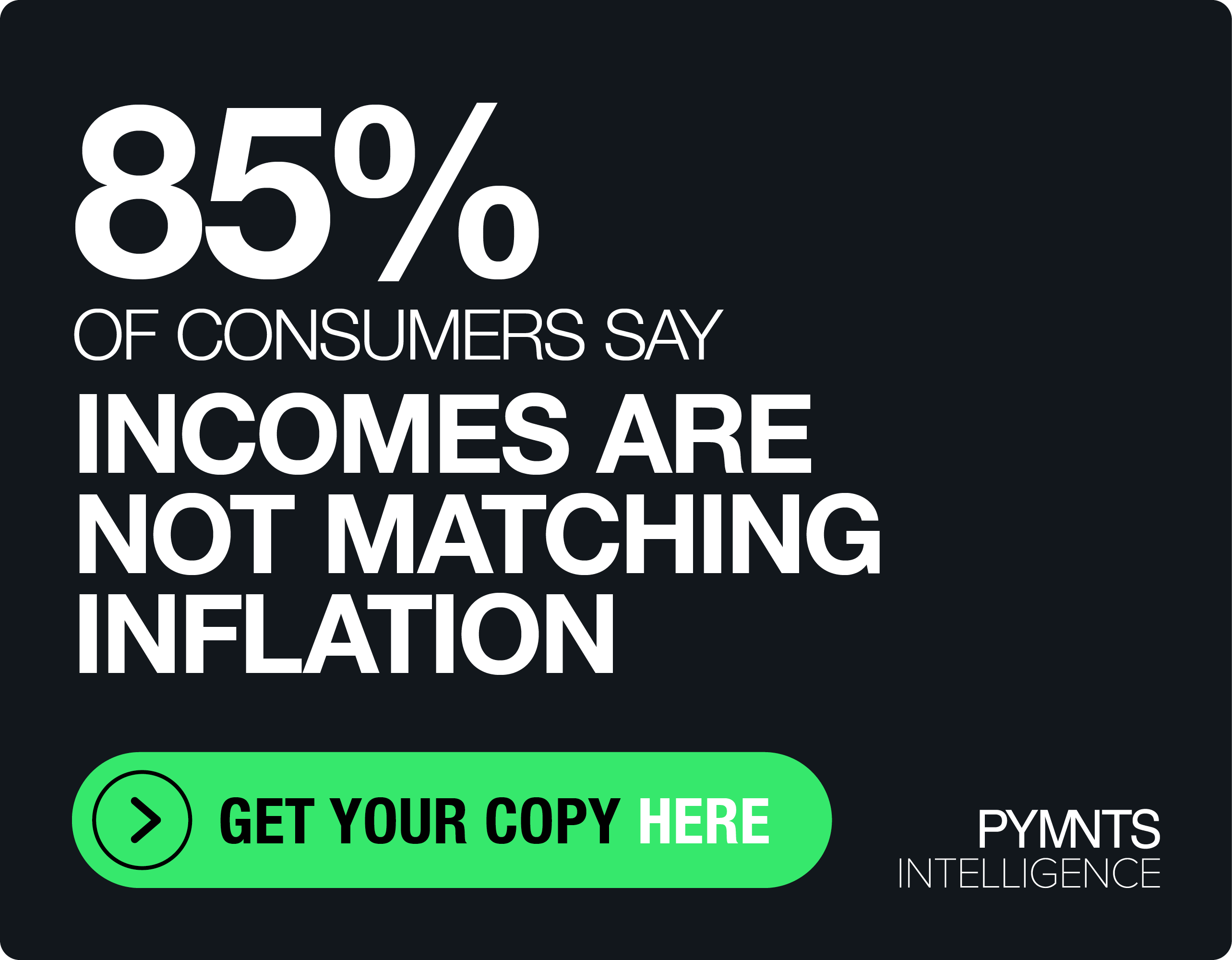Sandbox-as-a-Service Poised to Remove Friction From Bank-Vendor Partnerships

Few financial institutions (FIs) are choosing to develop technology in-house, indicating a growing reliance on third-party FinTechs to meet their needs. However, sifting through the multitude of options to find the right vendor can be a daunting and resource-intensive process, said Karan Jain, CEO of NayaOne.
“There are so many FinTechs on the market, and it is really hard to know which one actually works, and which one is going to be good for you and your business,” Jain told PYMNTS in an interview.
Moreover, FinTechs tend to be “frugal and ambitious,” he said, often claiming to provide all-in-one solutions. However, the reality may not align with their promises, leading to discrepancies between expectations and outcomes upon implementation.
These are gaps that sandbox-as-a-service platforms like NayaOne can help fill with its marketplace of vetted FinTechs, streamlining collaboration between regulated entities like banks and insurers and tech vendors.
“It [normally] takes banks at least 12 months to make a [vendor] decision, but we’re able to bring that down to a number of weeks. We have proof of that from our customers,” he pointed out.
For instance, a bank identifies a need for a particular solution, such as a Know-Your-Customer (KYC) solution, a payment solution or a generative AI solution.
They then go to the marketplace platform featuring over 350 curated and vetted vendors and search for solutions based on their specific use case or by the vendor’s name. Once a suitable vendor is selected, the user proceeds to choose synthetic data tailored to mimic real-world scenarios, such as personally identifiable information (PII) and transaction data to conduct a proof of concept (POC).
During this phase, they can invite other relevant teams, such as tech teams or business units, for cross-functional collaboration to evaluate the suitability of the chosen vendor.
If the POC yields satisfactory results, the process continues. However, if alternative options arise, NayaOne can onboard other vendor prospects, which, per Jain, can be done within a matter of weeks.
Conducting Due Diligence on Investments
Beyond facilitating bank-vendor relationship services, the platform also enables corporate venture capital (CVCs) arms within banks to conduct due diligence on investments.
For example, banks and insurance companies can utilize the platform to construct customer journeys or transformations, integrating services from multiple vendors, such as KYC providers, payment providers, transaction monitoring providers or data enrichment services.
“We can bring all four [providers] into a single sandbox and stitch them all up to see how they’re going to work,” Jain said, adding that clients can then assess user experience, identify and de-risk any potential integration challenges, and evaluate the feasibility of the vendor collaboration.
Additionally, the platform facilitates de-risking integration processes as well as enables the simulation of performance under various conditions using synthetic data, which helps prevent performance issues commonly encountered by banks, he added.
Looking ahead, Jain said the U.K.-based company will utilize the recently secured $4.7 million in funding to bolster its presence in the U.S., where business has been gaining traction.
He said he anticipates an uptick in adoption among large banks and institutions, enabling them to freely explore technology solutions for the benefit of their businesses and consumers. As the product evolves, Jain said he also envisions an opportunity to accommodate smaller community banks struggling with the transition process, with plans to “scale down” the platform to meet their needs.
“Sandbox as a service is only tip of the iceberg, we are excited to work with financial institutions and vendors to help accelerate their partnership across the whole value chain,” he said.

